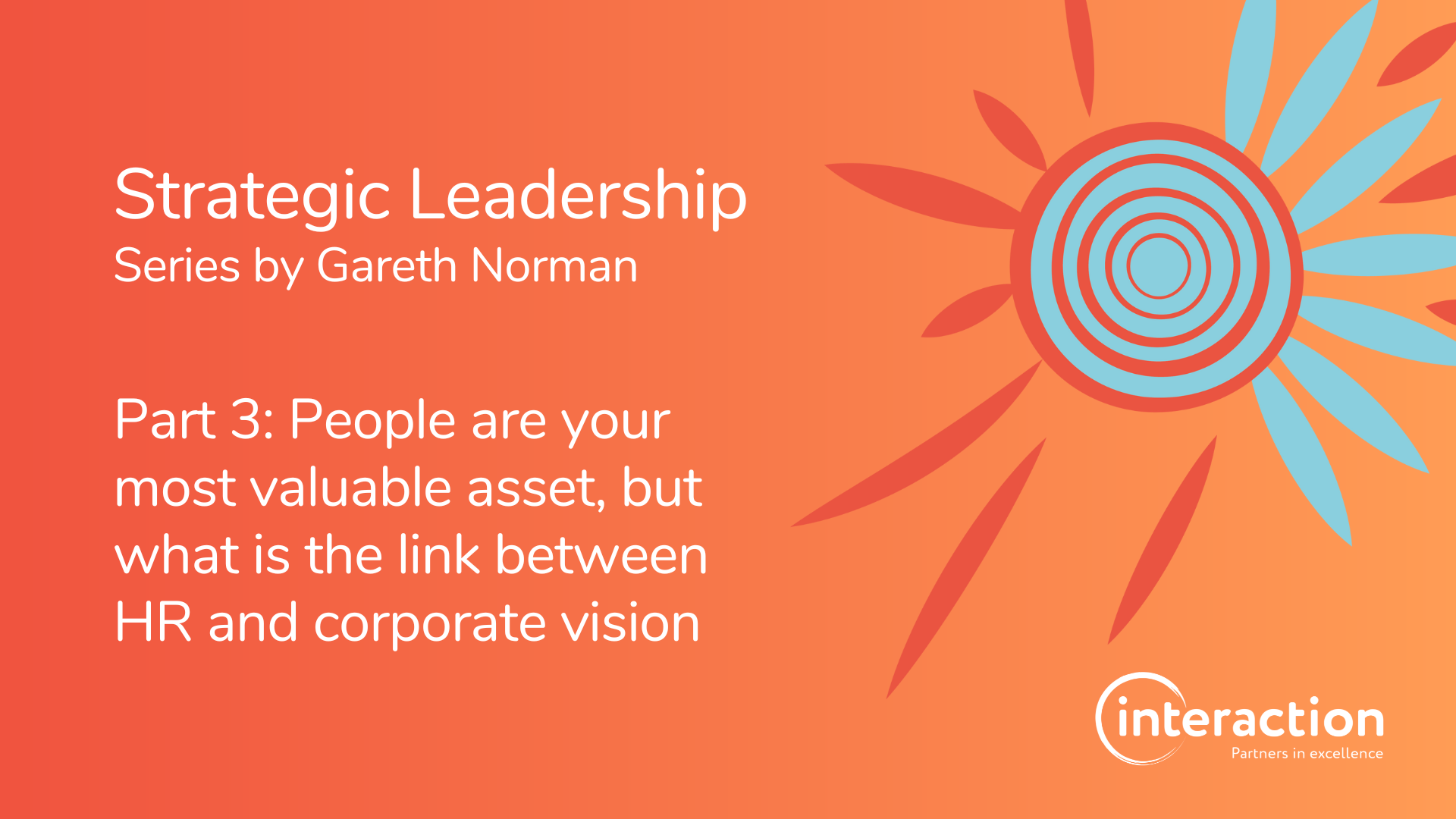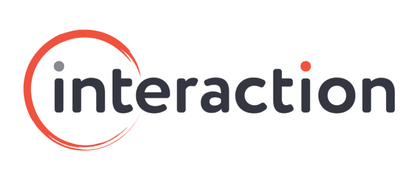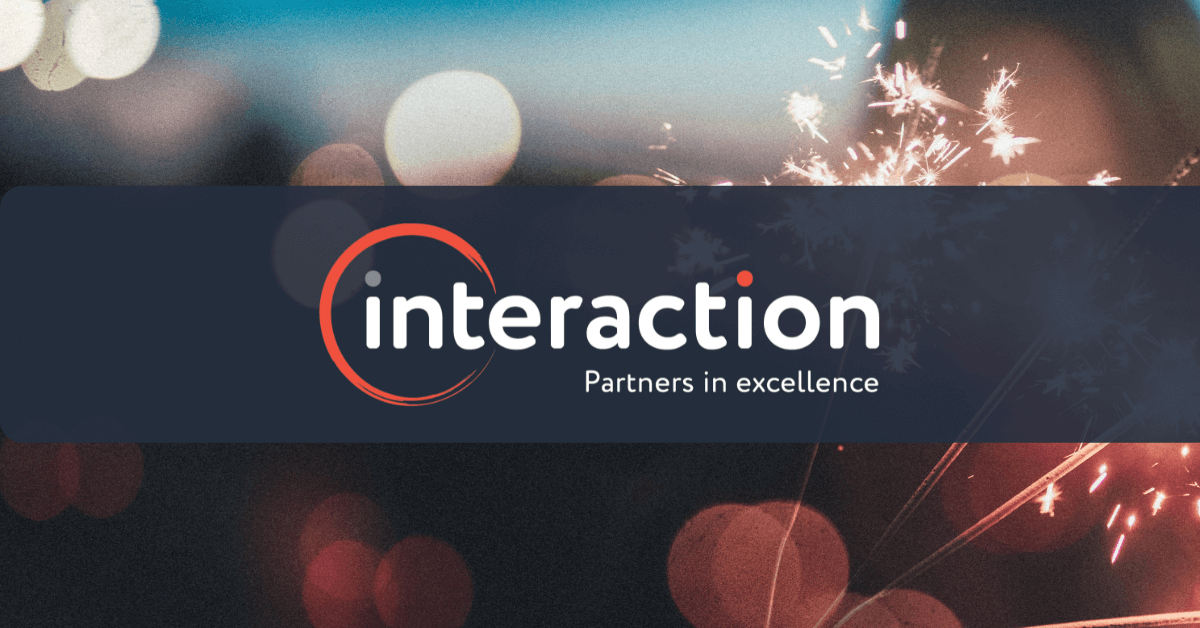
It wouldn’t be topical if, in this Strategic Leadership article series, I didn’t talk about one of the biggest challenges of our economy and organisational leadership today – HR management. In part 1 and part 2 of this series, the focus was on choosing the right leadership style and approaches to steer strategic vision. Managing a workforce to achieve corporate goals, like maximising productivity or driving growth, is a common complaint for most organisations, and not unique to specific industries. My final article in the series outlines the links between effective leadership with key areas of HR – talent management, diversity, performance management and employee engagement.
Talent management and attracting a diverse workforce
In today’s economy, leaders must be able to identify and attract top talent and be able to outline opportunities for career advancement and professional development even before a letter of offer settles. Irrelevant of industry, there is definitely a high demand for organisations to create a supportive and inclusive work environment that encourages innovation, creativity, and collaboration. This is only possible by understanding both intrinsic and extrinsic motivations for people wanting to work, remembering ‘not all people want the same thing or have the same motivators/drivers.
What comes with this understanding though, is the increased pressure on leaders to develop and manage a diverse workforce. This is not limited to promoting diversity and inclusion within the workplace, but also creating strategies for employees from different backgrounds and cultures, to work effectively together. Leaders need to manage differences and create an environment where all employees, irrelevant of where they are located in the world, feel valued and respected. Many managers today, also have the added pressure, to effectively lead a hybrid workplace, with the increased popularity of flexible workplace arrangements, across more industries post-COVID lockdowns.
Managing performance and engagement in the workplace
If you have passed the first hurdle of attracting and recruiting the right talent, achieving the corporate vision then requires leaders to implement performance management strategies that measure and monitor performance. Learning how to adapt and provide feedback and support to employees, is a key aspect of effective strategic leadership and the measure of your success should be the acquisition of your employee’s new skills and competencies.
If your people are not growing and learning, are you measuring their performance or is there an issue with employee engagement? Leaders need to create a workplace culture that fosters engagement and commitment among employees. Does your team have a voice in decision-making, and feel a sense of ownership and belonging within the organisation?
A culture of engagement and a commitment to continuous improvement does not happen in silos. Leaders should be monitoring trends in the workforce to identify areas where additional training or development may be needed. This means using data analytics to gain insights into workforce trends, and to identify areas where the organisation may need to invest in training or development programs.
Why organisations should prioritise and invest in their people?
At the organisation level, there are five clear benefits for prioritising and investing in your workforce today:
- Employee engagement: When employees feel valued and supported, they are more likely to be engaged in their work. This leads to higher levels of productivity, improved quality of work, and a greater sense of job satisfaction.
- Talent retention: Organisations that prioritize their people are more likely to retain their top talent. This is because employees are more likely to stay with an organisation that values and supports them.
- Innovation: A workplace culture that prioritizes its people is more likely to foster innovation and creativity. This is because employees feel empowered to take risks and think outside the box, which can lead to new and innovative ideas.
- Reputation: An organisation that prioritises its people is more likely to have a positive reputation among employees, customers, and the wider community. This can lead to increased customer loyalty, improved brand reputation, and a more favourable public image.
- Business performance: Ultimately, organisations that prioritise their people are more likely to perform better over the long term. This is because engaged and committed employees are more productive, produce higher-quality work, and are more likely to go above and beyond to achieve organisational goals.
Organisations that put their people first are more likely to achieve long-term success and sustainability. Managing talent, diversity and performance, and fostering a culture of engagement and continuous improvement, is what turns managers into effective leaders. By embodying these qualities, leaders can create a workforce that is equipped to help their organisation and help the Australian economy to thrive, in these changing times.
Where to find more advice and support?
If you haven’t worked with Interaction Consulting before you may not realise that we provide expert advice in the areas of leadership, human resources, and organisational development. We work with some of Australia’s largest organisations, not-for-profits and government agencies, and collaborate on significant projects to improve employee performance and address organisational needs.
For organisations, we provide organisational assessment and development, strategic planning, employee engagement programs, talent management services, and customised training and development programs to help organisations improve their workforce skills and competencies. And for individuals, we can support you with leadership coaching and development programs to help you grow and succeed in your current career, or help you in transitioning to a new industry.
If you have enjoyed this series on Strategic Leadership and would like to learn more about how Interaction Consulting can assist with leadership development or our other services, please don’t hesitate to contact our office and connect with me on LinkedIn.








